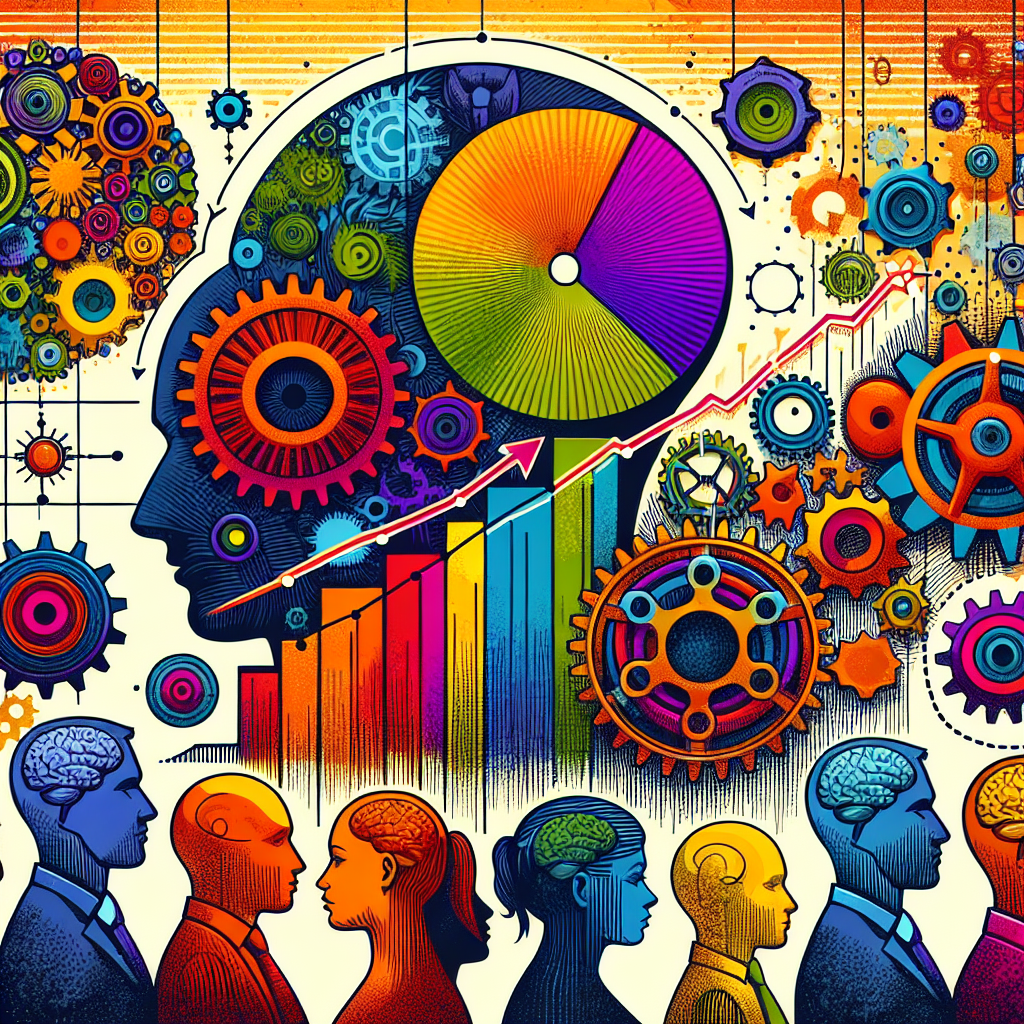
Introduction
Motivation is a powerful driver of human behavior, shaping our decisions, actions, and achievements. Whether in the workplace, or personal life, understanding what motivates us can lead to profound improvements in productivity, creativity, and satisfaction. But what fuels this phenomenon? The answer lies in various motivational theories that dissect the very essence of what inspires us to act. In this article, we will explore the intricate landscape of motivation, breaking down motivation: how different theories influence behavior, and shedding light on their real-world applications.
The Importance of Understanding Motivation
To grasp the significance of motivation, consider the stark contrast between a highly motivated individual and someone who feels disengaged. The former often pursues goals with vigor, while the latter struggles even to get out of bed. This disparity not only affects personal achievements but also cultivates environments, such as workplaces and schools, where motivation—or its absence—reverberates through collective experiences. Therefore, breaking down motivation: how different theories influence behavior is not just an academic exercise; it’s a pathway to unlocking potential.
The Theoretical Landscape
Motivation theories can generally be categorized into two types: content theories and process theories. Content theories focus on what motivates individuals, while process theories delve into how motivation unfolds in the human experience.
Content Theories
Maslow’s Hierarchy of Needs
At the pinnacle of motivational theories stands Maslow’s Hierarchy of Needs. This five-tier model outlines a progression from basic physiological needs to self-actualization. For example, an employee might work hard to fulfill physiological needs (like salary for food and shelter) before aspiring toward belonging (teamwork) or esteem (acknowledgment for achievements).Case Study: Consider the tech startup, Basecamp, which emphasizes employee well-being. By ensuring initial needs are met—providing competitive salaries and an enjoyable work environment—they foster a culture where employees feel valued, later allowing them to pursue higher-level achievements.
Needs Level Example in the Workplace Physiological Salary for basic living expenses Safety Job security and a safe workplace Love/Belonging Team-building activities Esteem Recognition programs Self-Actualization Opportunities for innovative projects Herzberg’s Two-Factor Theory
Also known as the Motivation-Hygiene Theory, this model distinguishes between hygiene factors (which can cause dissatisfaction) and motivators (which can lead to job satisfaction).Case Study: A multinational corporation recently infused its operations with motivational elements like opportunities for professional growth and recognition. By doing so, they reported a 40% increase in employee satisfaction and productivity.
Factor Type Examples Hygiene Salary, benefits, work conditions Motivator Achievements, recognition, responsibility
Process Theories
Vroom’s Expectancy Theory
This theory posits that motivation is dependent on the amount of effort put forth, the belief that the effort leads to performance, and the anticipated reward outcome.Case Study: At Google, employees are encouraged to pursue passion projects. Their belief in the result’s potential value increases the effort invested, showcasing Vroom’s theory in action. When teams know their work aligns with personal aspirations, productivity soars.
Expectancy Components Description Expectancy If I put in effort, will this increase my performance? Instrumentality If I perform well, will I receive a reward? Valence Is the reward valuable to me? Locke’s Goal-Setting Theory
This theory suggests that specific and challenging goals yield higher performance compared to vague or easy ones.Case Study: In a sales team operating on a target-based structure, setting specific revenue goals resulted in a tripling of their performance in one quarter.
Goal Characteristics Impact on Motivation Specific Clarity enhances focus and effort Challenging Boosts engagement and perseverance Measurable Track progress, fostering a sense of achievement
Real-World Applications
In the Workplace
Companies that effectively harness motivational theories find themselves operating at a distinct advantage. For example, organizations like Zappos celebrate a fun workplace culture that directly correlates to the principles outlined in Maslow’s hierarchy. Their unique approach aligns employee happiness with stellar customer service.
In Education
In the educational sector, motivational theories can shape teaching methods and student engagement. Applying intrinsic motivators, such as providing meaningful projects that resonate with students’ interests, encourages a desire to learn rather than mere compliance for grades.
In Personal Development
On a personal level, understanding motivation can empower individuals to transform their goals into reality. By breaking down motivation: how different theories influence behavior, individuals can craft tailored strategies. For instance, applying Locke’s Goal-Setting Theory can help clarify personal ambitions and track progress effectively.
Conclusion
In closing, breaking down motivation: how different theories influence behavior reveals a rich tapestry interwoven with psychological insights and practical implications. From Maslow’s Hierarchy to Vroom’s Expectancy Theory, understanding these frameworks can catalyze individual growth and collective achievement.
By applying these theories, whether in the workplace, educational settings, or personal pursuits, we can unlock not just our potential, but also inspire those around us. Motivation is not just a buzzword; it’s a transformative force, capable of reshaping experiences and fostering success.
FAQs
1. What are the main types of motivation?
There are two primary types of motivation: intrinsic (driven by personal satisfaction) and extrinsic (driven by external rewards such as money or recognition).
2. How can motivation theories be applied in the workplace?
Understanding theories like Maslow’s and Herzberg’s can help employers create environments that meet employee needs and enhance job satisfaction.
3. Can motivation be improved?
Absolutely! By setting clear goals, recognizing achievements, and fulfilling basic needs, both individuals and organizations can boost motivation.
4. Why is intrinsic motivation important?
Intrinsic motivation fosters deeper engagement and satisfaction. People are more likely to sustain efforts on tasks they find personally rewarding.
5. How can I assess my motivation?
Reflect on your goals, triggers for excitement, and what tasks you feel naturally drawn to. Tools like self-assessments or feedback can also help clarify your motivational landscape.
By delving deeper into these various aspects of motivation, readers can discover actionable insights for catalyzing positive change in their own lives and the environments they inhabit. Understanding the underlying theories equips us with the knowledge to not only seek motivation but to instill it in others, thereby creating a cycle of inspiration and achievement.











